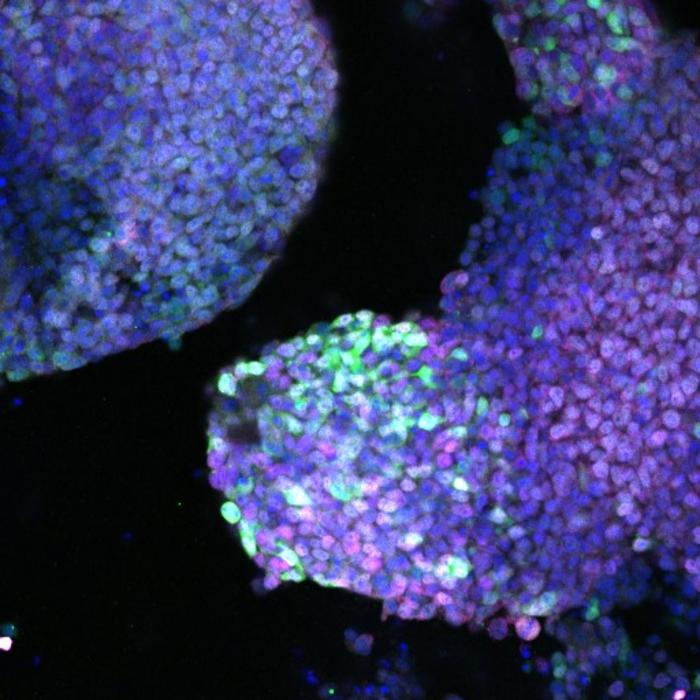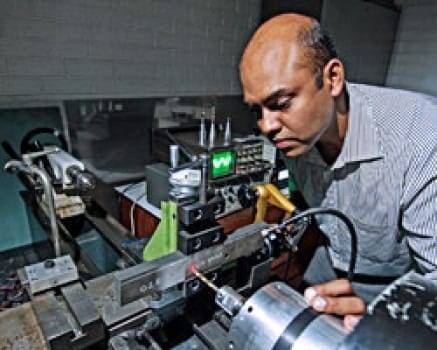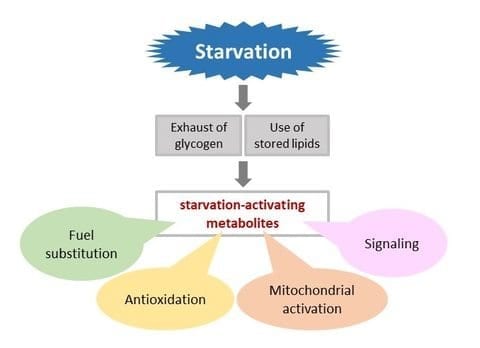
Credit: John Abbott
Advance marks critical step toward brain-computer interfaces that hold immense promise for those with limited or no ability to speak.
In a scientific first, Columbia neuroengineers have created a system that translates thought into intelligible, recognizable speech. By monitoring someone’s brain activity, the technology can reconstruct the words a person hears with unprecedented clarity. This breakthrough, which harnesses the power of speech synthesizers and artificial intelligence, could lead to new ways for computers to communicate directly with the brain. It also lays the groundwork for helping people who cannot speak, such as those living with amyotrophic lateral sclerosis (ALS) or recovering from stroke, regain their ability to communicate with the outside world.
These findings were published today in Scientific Reports.
“Our voices help connect us to our friends, family and the world around us, which is why losing the power of one’s voice due to injury or disease is so devastating,” said Nima Mesgarani, PhD, the paper’s senior author and a principal investigator at Columbia University’s Mortimer B. Zuckerman Mind Brain Behavior Institute. “With today’s study, we have a potential way to restore that power. We’ve shown that, with the right technology, these people’s thoughts could be decoded and understood by any listener.”
This would be a game changer. It would give anyone who has lost their ability to speak, whether through injury or disease, the renewed chance to connect to the world around them.
Decades of research has shown that when people speak — or even imagine speaking — telltale patterns of activity appear in their brain. Distinct (but recognizable) pattern of signals also emerge when we listen to someone speak, or imagine listening. Experts, trying to record and decode these patterns, see a future in which thoughts need not remain hidden inside the brain — but instead could be translated into verbal speech at will.
But accomplishing this feat has proven challenging. Early efforts to decode brain signals by Dr. Mesgarani and others focused on simple computer models that analyzed spectrograms, which are visual representations of sound frequencies.
But because this approach has failed to produce anything resembling intelligible speech, Dr. Mesgarani and his team, including the paper’s first author Hassan Akbari, turned instead to a vocoder, a computer algorithm that can synthesize speech after being trained on recordings of people talking.
“This is the same technology used by Amazon Echo and Apple Siri to give verbal responses to our questions,” said Dr. Mesgarani, who is also an associate professor of electrical engineering at Columbia Engineering.
To teach the vocoder to interpret to brain activity, Dr. Mesgarani teamed up with Ashesh Dinesh Mehta, MD, PhD, a neurosurgeon at Northwell Health Physician Partners Neuroscience Institute and co-author of today’s paper. Dr. Mehta treats epilepsy patients, some of whom must undergo regular surgeries.
“Working with Dr. Mehta, we asked epilepsy patients already undergoing brain surgery to listen to sentences spoken by different people, while we measured patterns of brain activity,” said Dr. Mesgarani. “These neural patterns trained the vocoder.”
Next, the researchers asked those same patients to listen to speakers reciting digits between 0 to 9, while recording brain signals that could then be run through the vocoder. The sound produced by the vocoder in response to those signals was analyzed and cleaned up by neural networks, a type of artificial intelligence that mimics the structure of neurons in the biological brain.
The end result was a robotic-sounding voice reciting a sequence of numbers. To test the accuracy of the recording, Dr. Mesgarani and his team tasked individuals to listen to the recording and report what they heard.
“We found that people could understand and repeat the sounds about 75% of the time, which is well above and beyond any previous attempts,” said Dr. Mesgarani. The improvement in intelligibility was especially evident when comparing the new recordings to the earlier, spectrogram-based attempts. “The sensitive vocoder and powerful neural networks represented the sounds the patients had originally listened to with surprising accuracy.”
Dr. Mesgarani and his team plan to test more complicated words and sentences next, and they want to run the same tests on brain signals emitted when a person speaks or imagines speaking. Ultimately, they hope their system could be part of an implant, similar to those worn by some epilepsy patients, that translates the wearer’s thoughts directly into words.
“In this scenario, if the wearer thinks ‘I need a glass of water,’ our system could take the brain signals generated by that thought, and turn them into synthesized, verbal speech,” said Dr. Mesgarani. “This would be a game changer. It would give anyone who has lost their ability to speak, whether through injury or disease, the renewed chance to connect to the world around them.”
Learn more: Columbia Engineers Translate Brain Signals Directly into Speech
The Latest on: Brain-computer interfaces
[google_news title=”” keyword=”brain-computer interfaces” num_posts=”10″ blurb_length=”0″ show_thumb=”left”]
via Google News
The Latest on: Brain-computer interfaces
- China Shows Off Monkey With Brain Chip Allowing It to Control Robotic Armon April 27, 2024 at 5:00 am
A Chinese company has announced that they have successfully developed a brain chip and implanted it into a monkey who can now remotely control a robot arm with the device, state-run news media outfit ...
- Brain Computer Interface Market Deciphering Consumer Decision-Making the Role of Ethnography Techniqueson April 25, 2024 at 3:27 pm
Request To Download Free Sample of This Strategic Report @- Brain Computer Interface Market is valued approximately at USD $ billion in 2019 and is anticipated to grow with a healthy growth rate of ...
- Home-developed brain chip unveiled at forumon April 25, 2024 at 11:32 am
This high performance of the brain-computer interfaces (BCI) technology revealed at the Zhongguancun (ZGC) Forum on Thursday is backed by a core brain chip, called "Neucyber," independently developed ...
- Colorado enacts groundbreaking brain data privacy lawon April 24, 2024 at 6:15 pm
Colorado became the first state in the nation to enact a law protecting neural data, emphasizing the growing intersection of technology and human biology while ensuring privacy in the expanding field ...
- WVU RNI takes part in groundbreaking research on brain-computer interface device for people with neurological disabilitieson April 20, 2024 at 4:20 pm
Researchers at WVU’s Rockefeller Neuroscience Institute are part of a team exploring cutting-edge technology to help people with neurological injuries and disabilities function and communicate. ...
- Brain-computer interface research reaches new frontierson April 19, 2024 at 7:02 am
Brain-computer interfaces may seem like a science fiction concept, but multiple studies are working to make this technology a reality.
- MIT Technology Reviewon April 18, 2024 at 5:00 pm
In the world of brain-computer interfaces, it can seem as if one company sucks up all the oxygen in the room. Last month, Neuralink posted a video to X showing the first human subject to receive ...
- We Finally Know Where Neuralink’s Brain Implant Trial Is Happeningon April 18, 2024 at 2:32 pm
After months of secrecy, Neuralink revealed that the partner site for its brain implant study is the Barrow Neurological Institute.
- When technology can read your brain waves, who owns your thoughts?on April 18, 2024 at 10:34 am
Though the technology like this is still relatively nascent, neural rights activists and cornered lawmakers want to be ready for when it is more widespread. Critics warn companies may already possess ...
- OPINION: What is a brain-computer interface, and will you eventually have one?on April 15, 2024 at 1:57 pm
Once material for dystopian novels, the brain-computer interface world is now a possible reality that could be here sooner than expected. Companies have been making large strides with spearheads like ...
via Bing News











